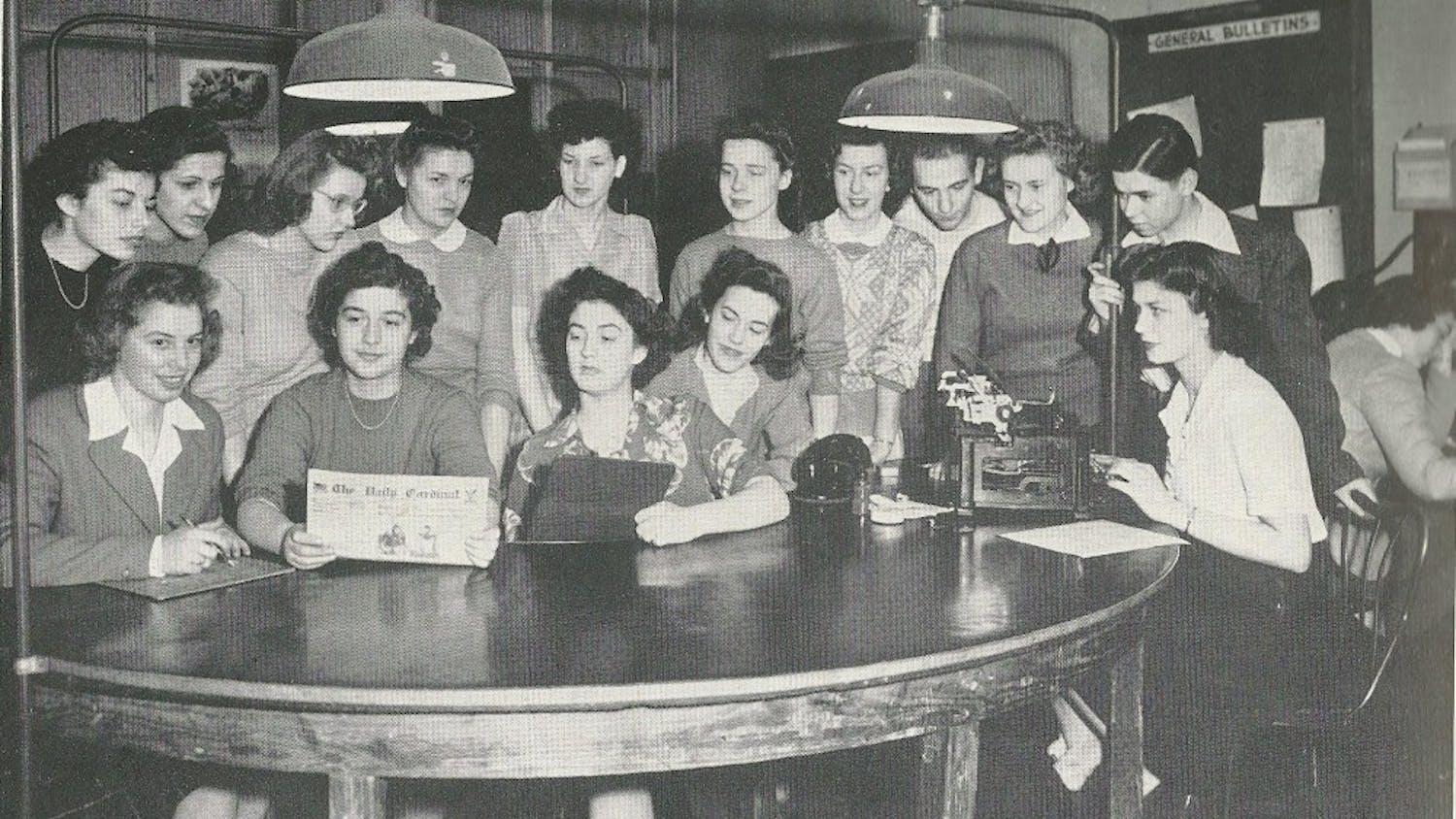Nearly five decades ago, in the passion of my youth, I wrote an essay for this newspaper entitled “women and capitalism” (lowercase letters in the original). I cared deeply for the former and had little use for the latter. The piece discussed the financial equity gaps for white and black women, and those chasms were outrageous. In 1970, women earned 59 cents for every dollar men earned, and this nasty reality prevailed despite the passage of the Equal Pay Act in 1963.
By 2010, women overall (without regard to race or ethnicity) earned 77 cents for every male dollar, meaning that the wage gap had narrowed by less than half a percent annually. By 2017, it was 80 cents. These disparities are far worse for women of color. In 2017, African American women earned 61 cents for each dollar earned by white men.
These numbers are more than grossly unfair, even enraging. They threaten the future of the entire population by making it impossible for many mothers to care for their kids. Children remain the poorest age group in the U.S. Nearly one in five — about 13 million total — were poor in 2017, and 45 percent of those children lived in extreme poverty, or less than half the poverty level of $12,140 per person. One-third of American Indian/Alaska Native children and more than one-fourth of African American and Hispanic children are poor, compared to one in nine white children. Fully 70 percent of poor children are children of color.
In 2009, President Obama led an effort to pass the Lilly Ledbetter Fair Pay Act, which overturned a 5-4 Supreme Court decision that severely restricted the time limits for filing complaints about wage discrimination to 180 days after the employer issues a discriminatory paycheck. (Lilly Ledbetter was the plaintiff who had been paid much less.) A six-month period is so short that women had scant chance of discovering, much less stepping forward to challenge, discriminatory pay. The law was a significant step forward but it does not solve the difficult and crucial problems of proving the disparity and finding representation to take recalcitrant employers to court. Nor does it protect the federal Equal Employment Opportunity Commission, the agency responsible for interpreting employment discrimination law, or the Department of Justice from the acute partisan hostility toward women and people of color brought to Washington by President Trump and right-wing Republicans.
For these and related reasons, the 2018 midterm elections produced an exceptional “Year of the Woman” that saw the election of 36 new female members of the House of Representatives. Most replaced men who held these seats before them. They joined 66 female incumbents for a total of 102, or close to one-fourth of the chamber’s 435 members. The sight of them dressed in suffragette white at President Trump’s State of the Union harangue brought tears to my eyes, not least because I gave up on my youthful dreams of a just workplace and fair economy many years ago.
Alexandria Ocasio-Cortez, D-NY, is the most visible of the incoming House class. Everything about her, from her clothes to her bank account to her boyfriend, has been picked apart by social media hostiles, and President Trump appears to be running against her when he is not attacking the most powerful woman in America, House Speaker Nancy Pelosi, D-CA. Ocasio-Cortez is a sponsor of the Paycheck Fairness Act, introduced a few weeks ago to close the gaps left by the Equal Pay Act of 1963 and the Lilly Ledbetter Act of 2009. Among other things, the bill would prohibit retaliation against employees who disclose their salaries or seek information about salaries and pay disparities. Toni Van Pelt, the president of the National Organization for Women (NOW), told the crowd assembled for the roll-out of the legislation: “If closing the wage gap continues at its agonizingly-slow current rate, men and women will not reach wage equality until 2059. That is 40 years too long.” Actually, sister, it’s way too much longer than that.
Needless to say, President Trump has glommed on to the potential of attacking Ocasio-Cortez, who is a self-declared democratic socialist. “Tonight, we renew our resolve that America will never be a socialist country,” he intoned with typical pomposity at the State of the Union. The president should be nervous because a majority of young people now say that they believe in socialism, although no one has asked them exactly what the concept means to them. Pulitzer prize-winning economist and New York Times columnist Paul Krugman had this useful definition:
What Americans who support “socialism” actually want is what the rest of the world calls social democracy: A market economy, but with extreme hardship limited by a strong social safety net and extreme inequality limited by progressive taxation. They want us to look like Denmark or Norway, not Venezuela.
Krugman’s observation brings us back to where I started. If President Trump and his ilk continue to defend the shameful gaps between the one percent and the 99 percent; if they continue to talk trash about people of color from [insert vulgarity] countries; and if they govern as if Wall Street and furiously fearful nationalists are all that matters in this country, they may well bring on the modest revolution we dreamed of when I was young.
Steinzor was the editor of The Daily Cardinal from the spring of 1970 until the spring of 1971.




